Clocks are indispensable to everyday life. Time would surely not stop, but if a clock stops, everything goes haywire. The word clock has been derived from Celtic words ‘clocca’ and ‘clagan’ meaning ‘bell’. The clock can be said to be the oldest among the inventions and is the most useful object, without which the activities of the entire world would come to a halt. Here are some of the different kinds of clocks that you may want to know of and decorate your home with.
Sun clocks
In the ancient times, around 3500 BC, there were ‘obelisks’ or four sided tapered monuments. These were located at appropriate geographical locations. The obelisk cast a shadow when the sun moved through the sky and the people could assess how near it was for sunset.
Another kind of sun clock was designed in around 1500 BC. It was the sundial or the shadow clock. The passing of hours could be measured by this instrument. The entire dial was divided into 10 parts and there were two twilight sections as well.
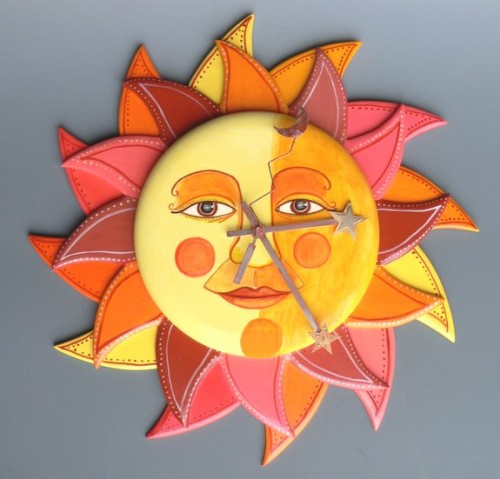
Yet another sun clock was Merkhet, which was the oldest among the astronomical tools. This was developed in and around 600 BC. A North-South line was established with the help of two merkhets and they lined up in accordance with the ‘Pole Star’.
Water clocks
Water clocks should definitely have a mention among the different kinds of clocks and these were the first of their kind to be invented which could measure the time without the help of celestial bodies. These water clocks were used around 325 BC. The water clocks were generally used to view time during the night hours and sometimes were also used during the daytime. However, the only problem with water clocks was that these were inaccurate. The mechanism followed the flowing of water into or out of the container at the time was counted according to the intervals that the container took to get immersed in the water.
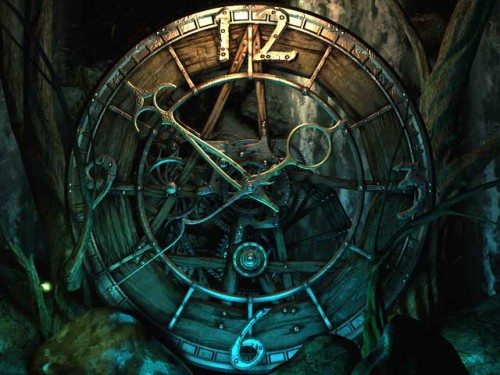
Mechanical clocks
Christian Huygens, in the year 1656, had invented the pendulum clock that used the natural period of oscillation. Galileo Galilee is often accredited with the invention of the pendulum clock, but the design was imperfect. Christen Huygen’s design showed an error of less than one minute in a day. Huygens had designed what is called today the balance wheel and spring assembly. This made the watches accurate approximately to eight hours in a day.
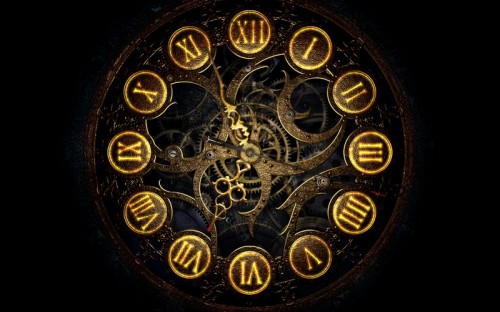
Quartz clocks
The piezoelectric property of a quartz clock regulates the running of time. This quartz crystal when subjected to an electric field changes its shape. Electric field is produced on bending and squeezing it. When it is placed in a proper electronic circuit, the crystals vibrate which in turn generates an electric signal.
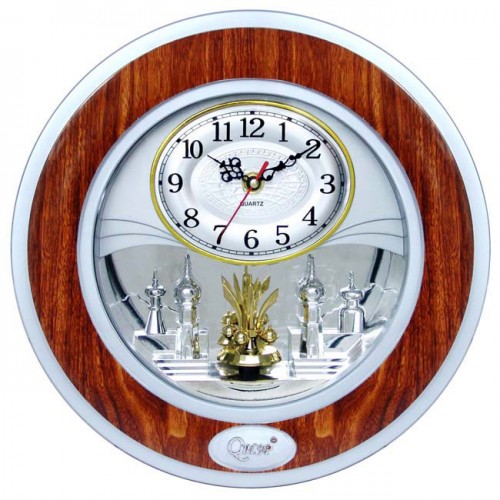
Atomic clocks
A discussion about the different kinds of clocks remains incomplete without the atomic clocks. The initial making of the atomic clocks focused more on the microwave resonances taking place in the molecules of ammonia.
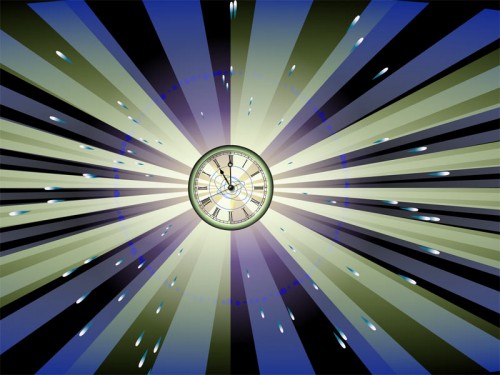

COMMENTS